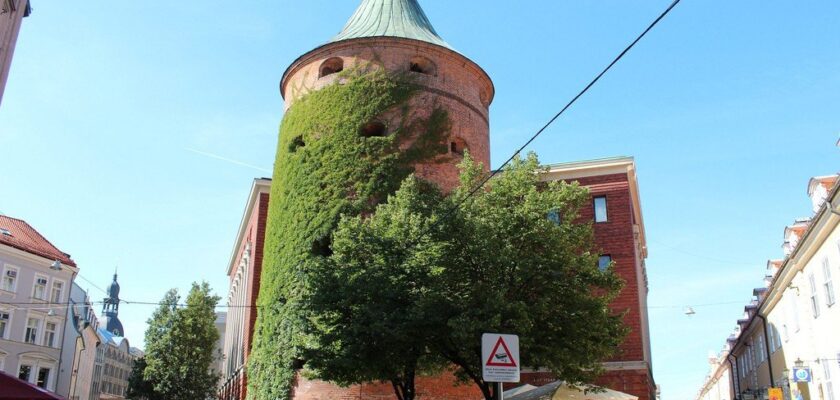Powder Tower of Riga
Powder Tower of Riga is the only fragment of the powerful fortifications preserved since the Middle Ages. The tower is 26 meters high and its diameter is 20 meters. The thickness of the stone walls at the base of the building reaches up to 3 meters.
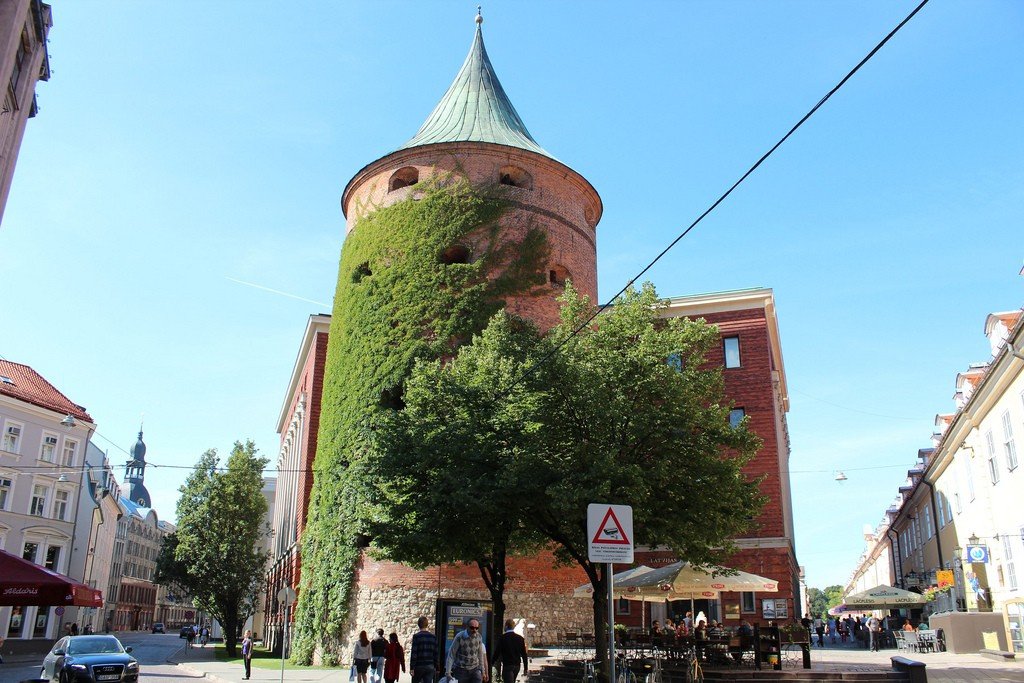
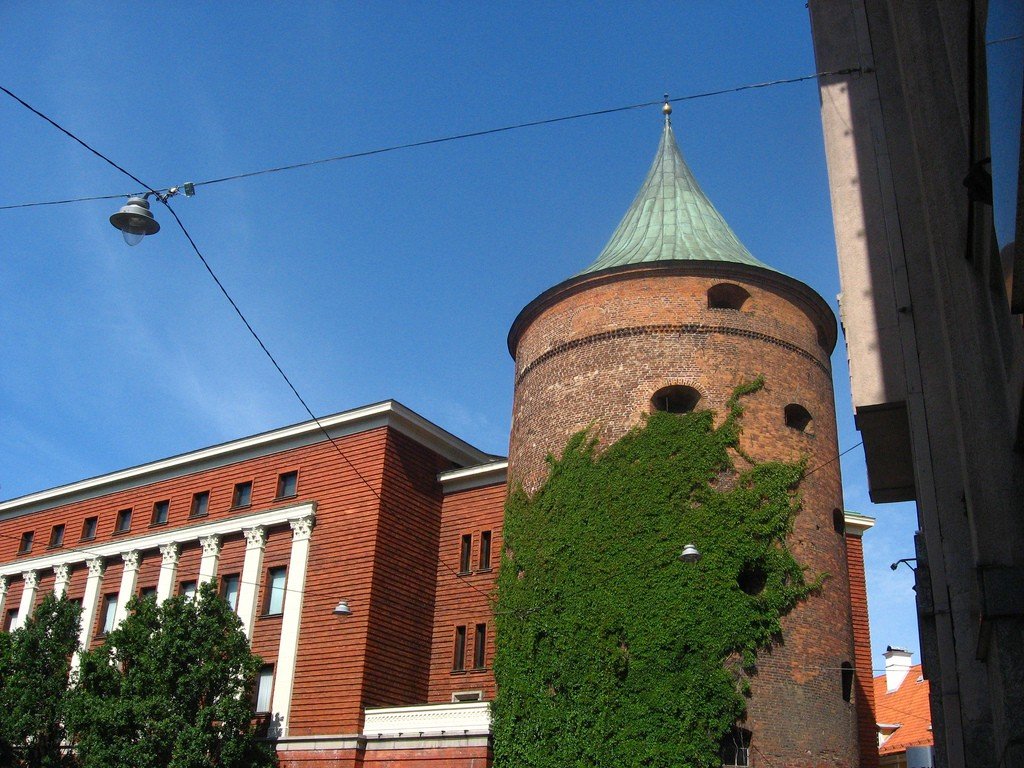
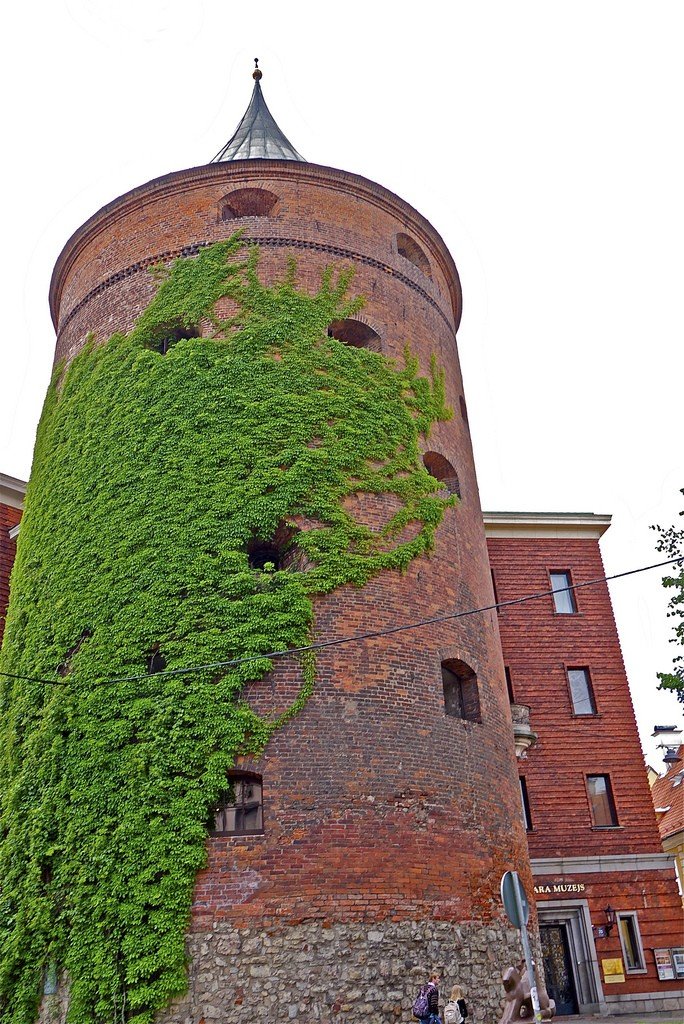
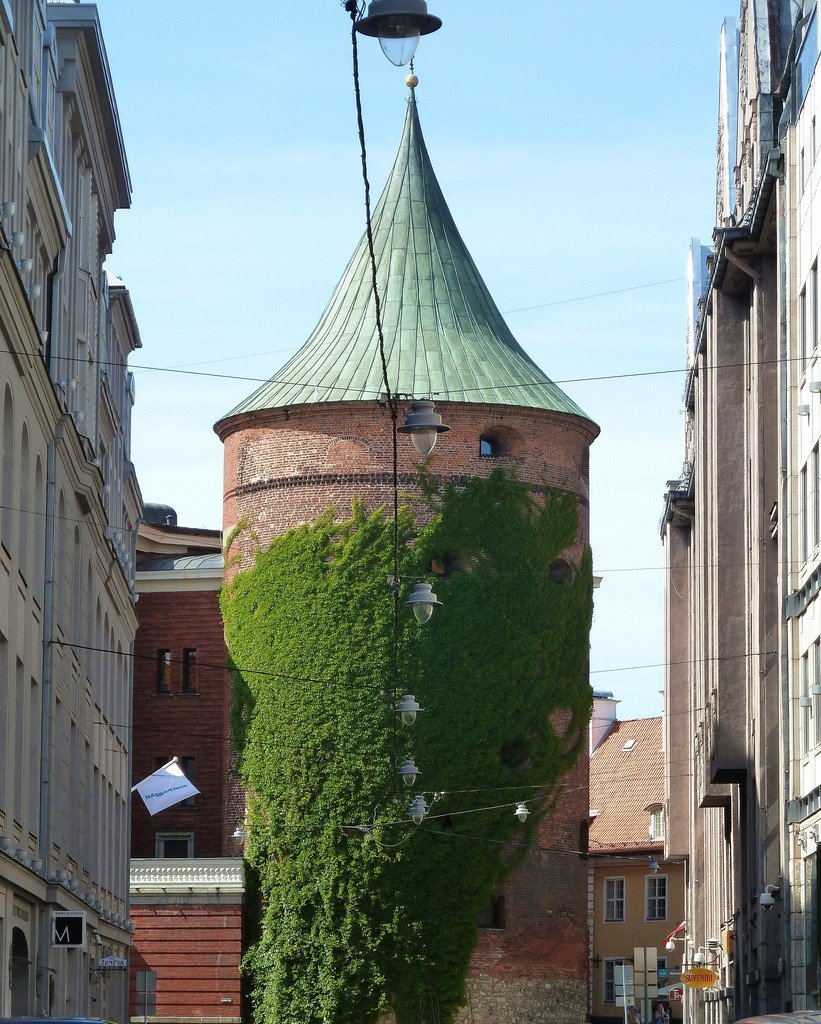
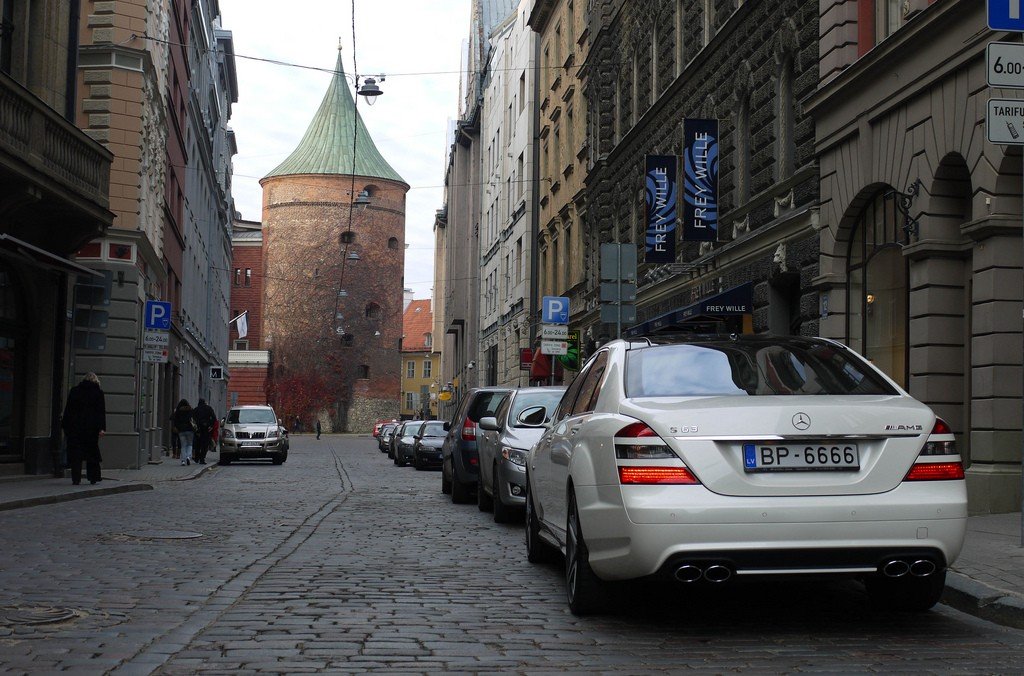
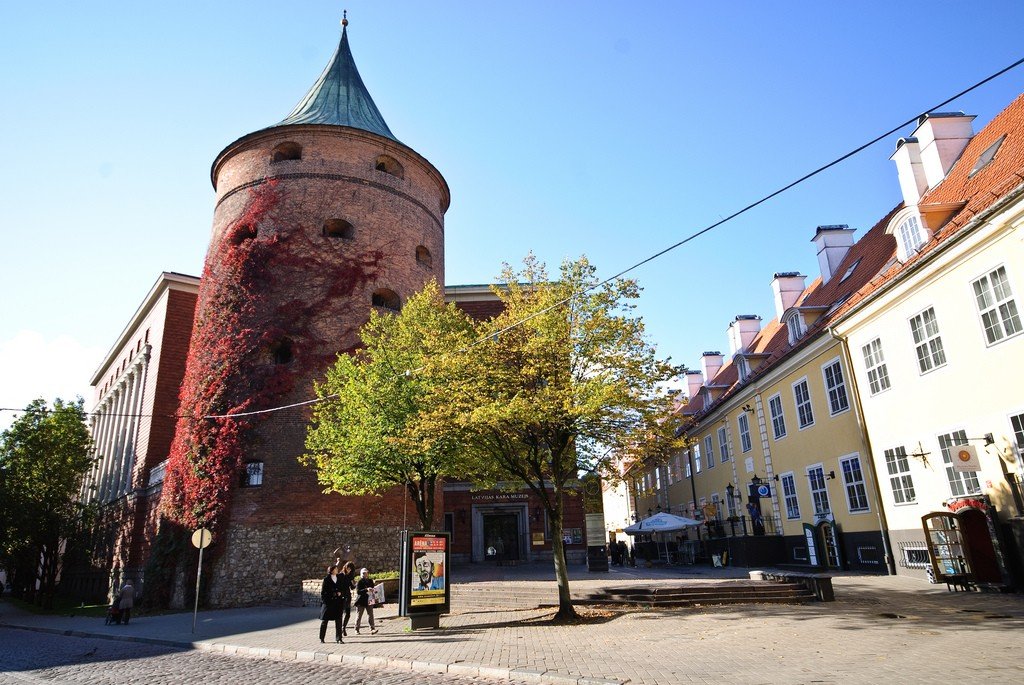
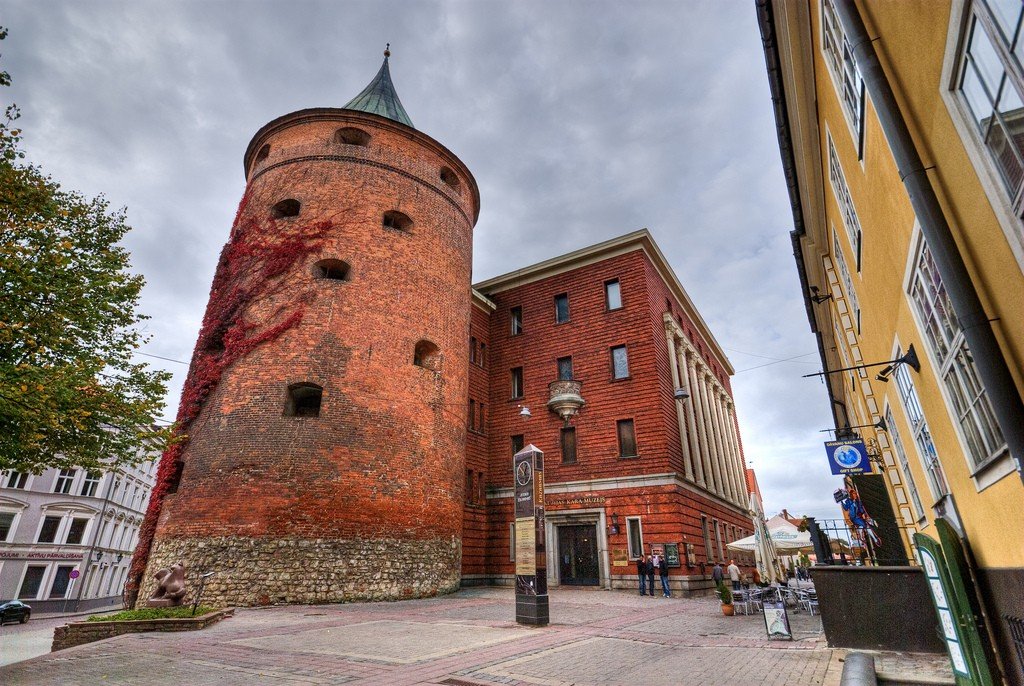
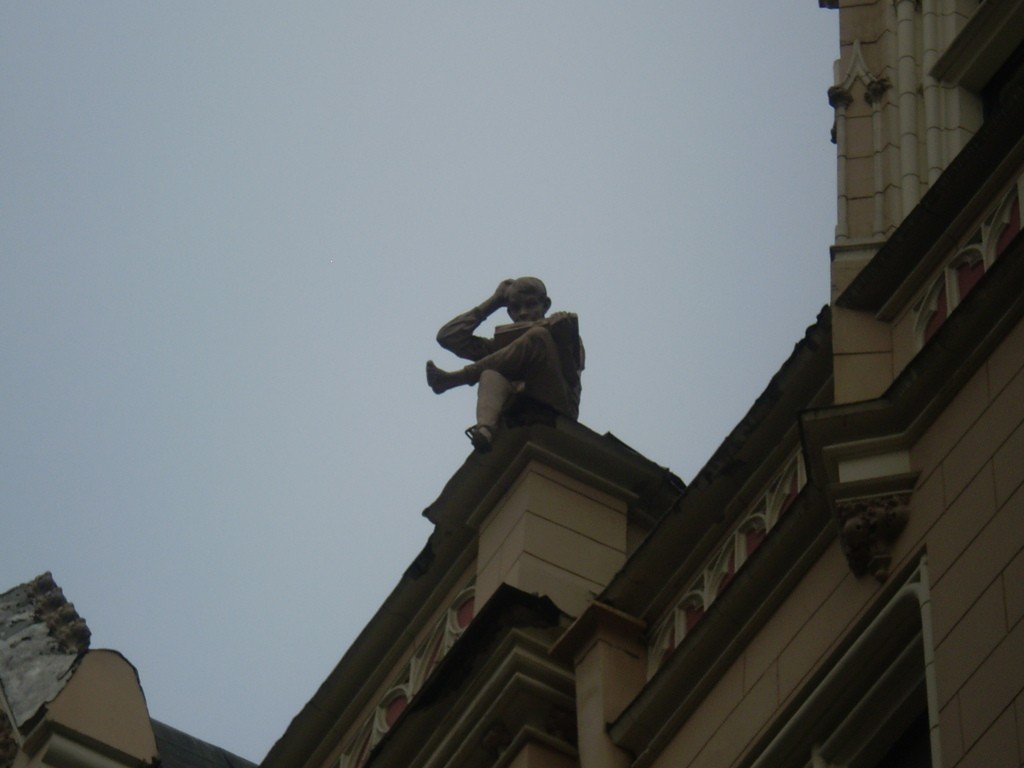
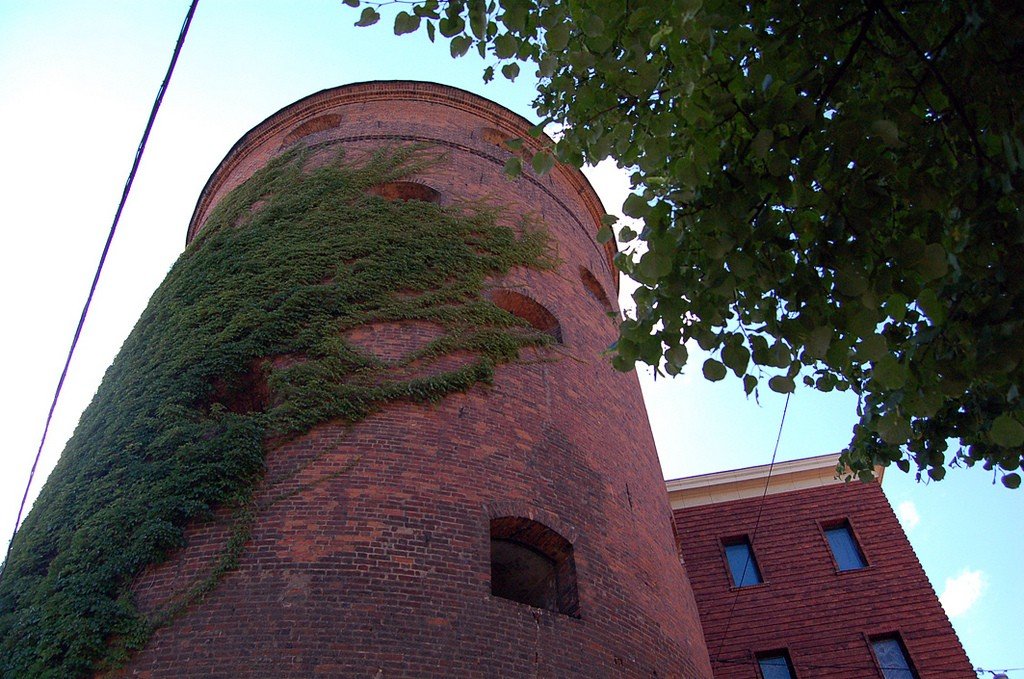
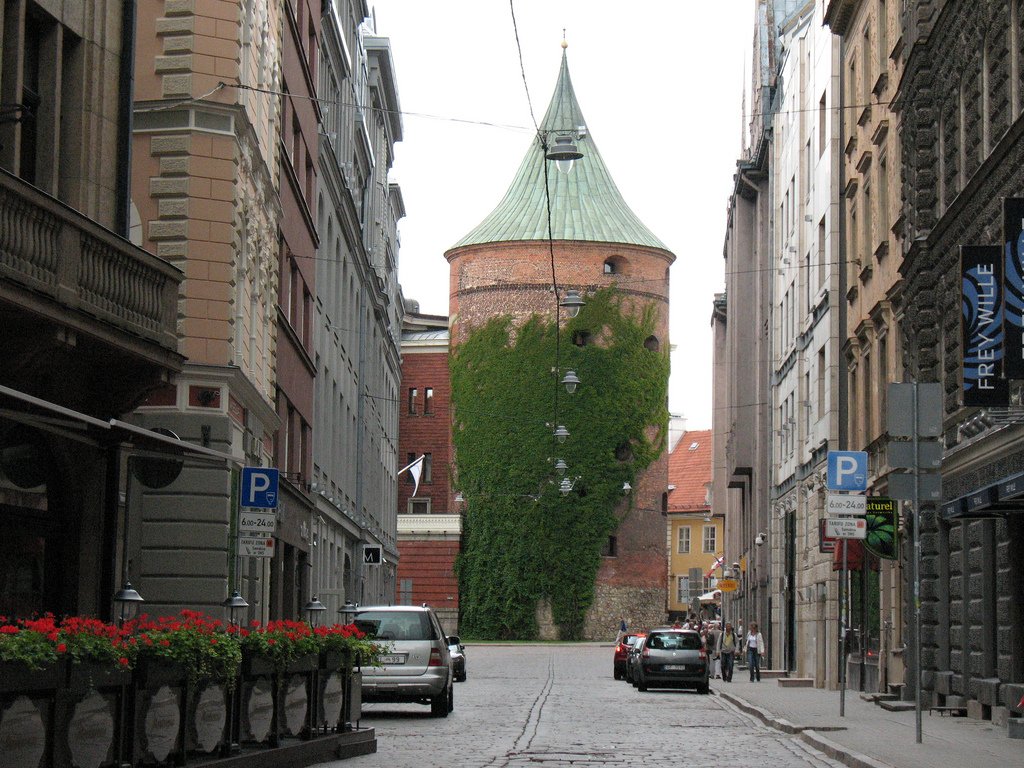
Video: Powder Tower of Riga
” title=”YouTube video player” frameborder=”0″ allow=”accelerometer; autoplay; clipboard-write; encrypted-media; gyroscope; picture-in-picture; web-share” allowfullscreen>%https://www.youtube.com/embed/avVAKSGIFPc” title=”YouTube video player” frameborder=”0″ allow=”accelerometer; autoplay; clipboard-write; encrypted-media; gyroscope; picture-in-picture; web-share” allowfullscreen> Contents- Highlights
- History of the fortification in the 13th to 19th centuries
- Ancient fort in the 20th century
- Museum
- How to get there
Highlights
Judging by its name, the Riga Tower served to store gunpowder supplies, but modern researchers express great doubts about this. If it was, a deplorable fate awaited the city in the event of a military invasion. Riga’s gunpowder tower was shelled several times and many nukes were fired at it. To this day, it has retained three cannonballs on one side and nine on the other.
.
In its long history, none of the sieges resulted in unfortunate consequences, as there was nothing to explode inside the tower. Historians believe that it got the name “Powder” due to the clouds of smoke rising from cannon shots. This did not happen during hostilities, but on the days of exercises, which were regularly conducted by the Riga military garrison.
.
According to unofficial reports, there are underground rooms in Riga’s Powder Tower. Whether this is true or not remains one of the mysteries of the ancient fort. Today, the Latvian Military Museum operates inside the building and it is free to enter..
History of the fortification in the XIII-XIX centuries
The Powder Tower of Riga was erected in the early 13th century. Because of the sand dunes in the river delta, the new fort was named Sand Tower. It protected the city from the northern side and was of great strategic importance. The first written mention of the fortification dates back to 1330, when the Livonian Knights entered the city. Historical documents say that soldiers made a special hole in the wall with a cannon shot, and through it Magister Eberhard von Monheim entered Riga.
.At first, the tower was “open”, that is, it had a stone wall only on the north side. By the middle of the fourteenth century it was completed to a closed cylinder, and this form of the ancient fort is still preserved today.
.
The tower stood on the border of the Russian sub-fort, which extended to the Latvian Seimas. The nearby tower was called the Russian Tower because of the fact that traders from Russia lived near it. In the Middle Ages there were 28 towers in the fortifications of Riga, but now only one of them remains – the Powder Tower.
.
The fort was at the center of battles in 1621, when there was a war between the Swedes and the Poles. It was destroyed, but then the tower was rebuilt. In 1656, during the attack of the city by the army of the sovereign Alexei Mikhailovich, 9 nukes hit the stone walls. The Powder Tower withstood another heavy bombardment in 1709, when the fortifications were besieged by troops under the command of Boris Petrovich Sheremetev. According to legend, the tower was shot at by Peter the Great himself.
.When the Latvian territory belonged to Russia, the Powder Tower of Riga was abandoned for a long time. The time was peaceful, and the ancient fort, which had lost its defense value, was of no use to anyone. In 1856, Governor-General Suvorov signed a plan to reorganize the city. Except for one tower, all the city fortifications were dismantled into stones and torn down.The ancient tower stood empty for 30 years. It was then renovated and opened a beer hall, dance halls and a fencing room.
.
An ancient fort in the 20th century
In 1912, three students formed a Nazi circle in Riga’s Powder Tower. This fact remained in the memory of the citizens of Riga, as all members of the circle later turned into famous Nazi figures. One of them – Alfred Rosenberg – even became the head of one of the ministries of the Third Reich.
.Before World War I, the ancient fortification entertained the townspeople, and in 1916 it was converted into a museum about the Latvian riflemen. In 1938, the president of the country opened a Military Museum in the city. Two years later, the Powder Tower was restored and it acquired a modern look. When World War II ended, the Nakhimov cadets were stationed here.
In 1957, a museum dedicated to the revolution of 1917 was created in the ancient fortification. After the collapse of the USSR, a branch of the Latvian Military History Museum was opened here.
.
Museum
The museum, which occupies the interior of Riga’s Powder Tower, is considered one of the largest in the country. Most of its expositions are devoted to Latvia’s military history of the 20th century. Orders, documents, military uniforms, weapons collections and old photographs are on display in the museum halls.
The museum is open from April to October from 10:00 to 18:00, and from November to March from 10:00 to 17:00. Entrance to it is free of charge. Here you can order a tour in Russian. For the services of a guide you need to pay 12 euros.
.How to get there
The Riga Powder Tower is located in the historical part of the city, at 20 Smilšu Street, 400 meters from the famous Dome Cathedral. From the railway station to the tower is only 1.1 km, so it is not difficult to get here on foot. Those who want to take public transportation, go to the Freedom Monument, then walk past the Bastion Hill to the Powder Tower.
.